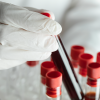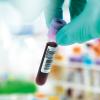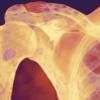Elesha George, a fourth-year student at Aberdeen’s Robert Gordon University, talks through a year of very different placements.
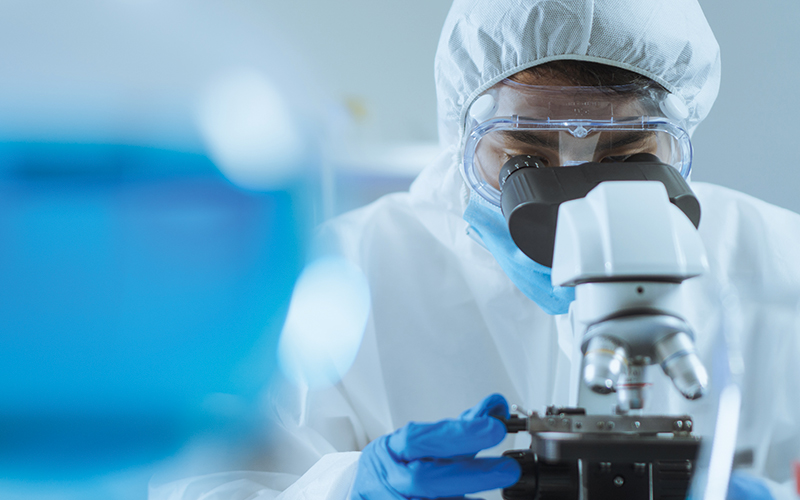
It all started during a mid-university crisis in my third year. I was kept awake by the fact that I still had not found an area of biomedical science that I was passionate about, with the additional fear of not being up to par or competent enough to keep up with the ever-evolving progression in healthcare.
I contacted many labs in both private and public sectors across the UK and applied for a summer internship.
Whilst applying, I gave special focus to haematology, my interest in which emerged as a result of continuing professional development (CPD) activities in my second year of university.
First placement
My initial seven-week placement began in the haematology department at Aberdeen Royal Infirmary. The excellent training that I received from the department provided a supporting framework that allowed me to stay engaged and venture into the role of a biomedical scientist in a laboratory.
A thorough introduction into routine testing, automation, morphology, and specialist areas increased my interest in haematological conditions and diagnosis. By following the journey of a sample, I grasped the importance of specimen acceptance protocols, the advancements of automation, quality assurance and the advanced knowledge required to be a biomedical scientist. Shadowing the screening and authorisation of results raised awareness of the relationships between disciplines that form the multidisciplinary environment. I was now able to fully understand that haematology is an essential piece of the puzzle in determining a diagnosis or monitoring patient health. Having completed the placement, my enthusiasm for haematology only grew.
Second placement
I was interested in seeing the differences between hospital sites with different capacities –Aberdeen Royal Infirmary can care for a maximum of 900 inpatients, compared to Raigmore Hospital, Inverness, which has capacity for 452. I was also excited to immerse myself in a discipline that is traditionally less automated compared to haematology, so undertook my second seven-week placement in histopathology at Raigmore Hospital.
Exploring the manual field of biomedical science equipped me with an entirely new set of skills and knowledge. I familiarised myself with triaging, dissections, tissue processing, embedding, microtomy and analysing results. The practical element in each of these taught me the importance of accuracy and attention to detail. I was also made aware of the significant health and safety issues that are intrinsic to working in a manual laboratory, further alerting me to the responsibility we hold to protect ourselves and service users.
Training in a smaller laboratory, I was able to differentiate between the sample throughput, turnaround times and the overall management, in comparison to my previous placement location.
The necessity to always deliver the highest quality of care to service users and preserve patient safety was strongly emphasised throughout the entirety of both placements. On completion of my registration training portfolio verification, I could decipher exactly which discipline I was more interested in, providing me with clarity on where my passion lies – haematology.
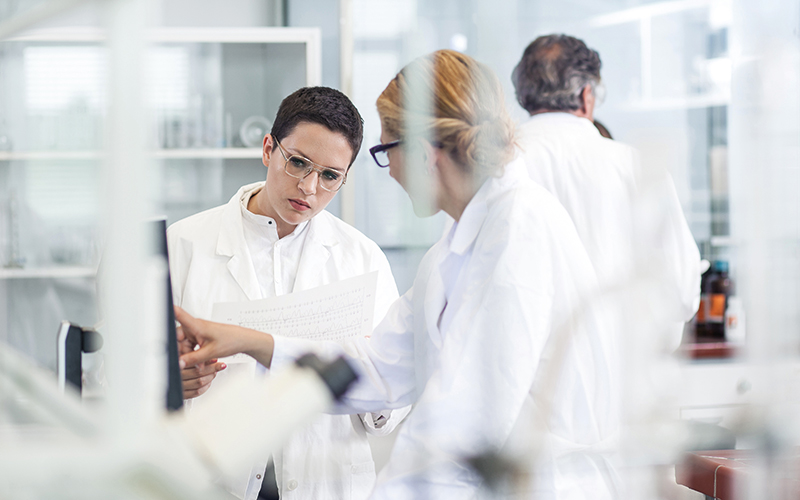
Third placement
Through networking, I had the opportunity of a summer internship at the prestigious Health Services Laboratories (HSL), London. It is a clinically led provider of pathology and diagnostic services through the progressive partnership between The Doctors Laboratory, the Royal Free London and University College Hospital NHS Foundation Trust. I was overjoyed. The primary focus of my training involved flow cytometry and haemoglobinopathies. I was immediately astonished at the number of samples that were coming through in just two areas – it was significantly higher than I had seen in Aberdeen. The complexity of cases encountered due to the diverse and multicultural population of London was also intriguing.
I was able to spend valuable time enhancing my skills on prepping samples, performing various manual diagnostic methods, conducting tests on the analysers, interpreting results through the software Kaluza, and ultimately observing the positive impact we have on patient lives. I was able to employ a range of skills that could not have found a better environment in which to develop.
The friendly people I interacted with provided me with invaluable learning experiences and great insight into specialist haematology, which I was less exposed to during my university placement. Shadowing biomedical scientists and consultants who possess years of knowledge, expertise and such a high level of competence increased my interest in this discipline. Towards the end of my internship,
I felt a sense of belonging in haematology and I knew that this is where my passion lies.
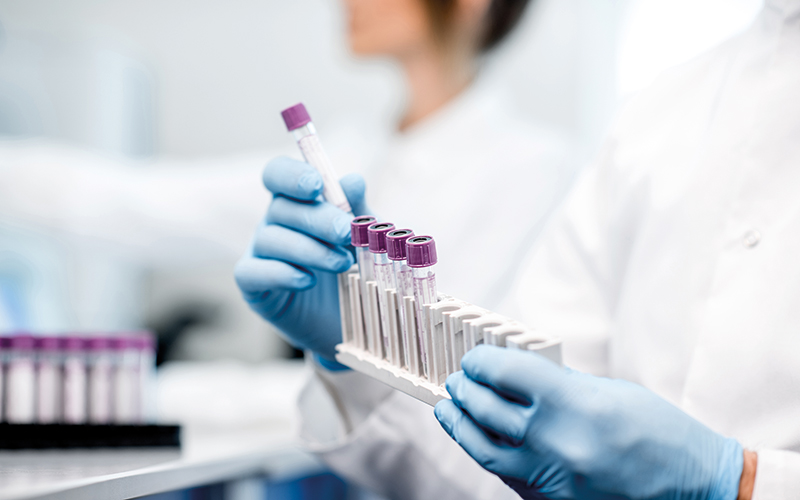
“Delivering the highest quality of care and preserving patient safety was emphasised”
Conclusion
HSL was an unforgettable experience that I will cherish throughout my professional life. I am excited about my future endeavours within a haematology lab – I’m looking forward to personally contributing to positive patient outcomes through working in a multidisciplinary team.
Part of growth is learning how to discern when discomfort is necessary. It’s easy to miss opportunities in life by coasting in your comfort zone. Don’t let the fear of rejection restrict you. Surround yourself with positive and encouraging voices. When I look back at my own experiences, I owe a lot of gratitude to my family, friends and especially my personal tutor, Rebecca, who has been a constant support all throughout my last three years at university. Go beyond what you know and push through the fear, self-doubt and apprehension.
Image credit | iStock


